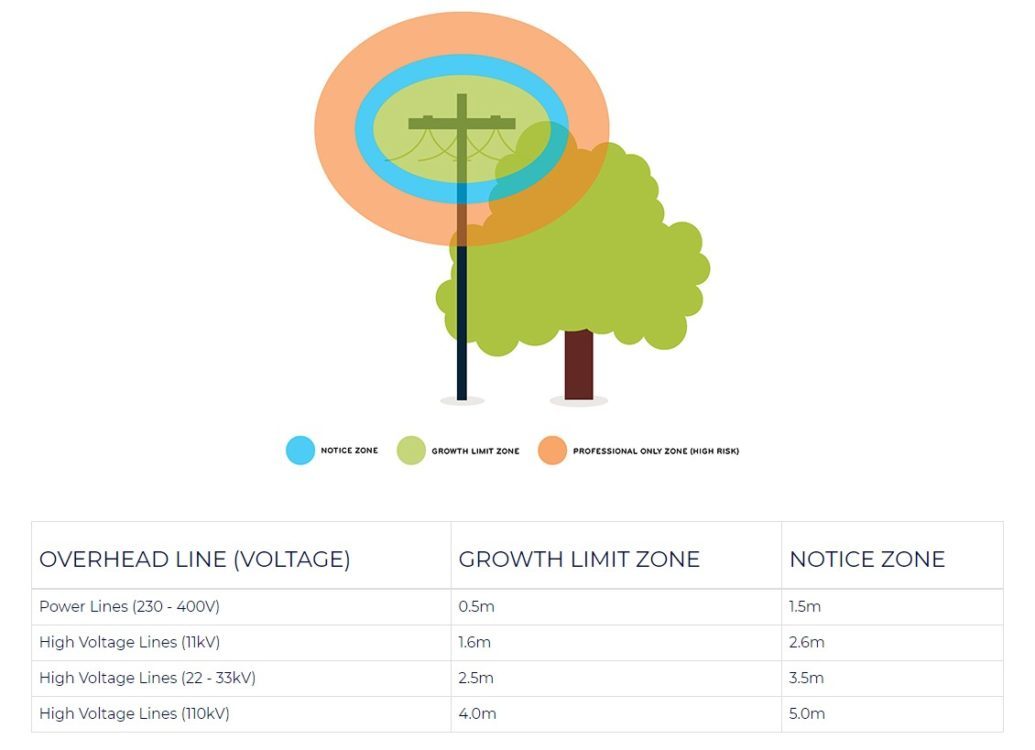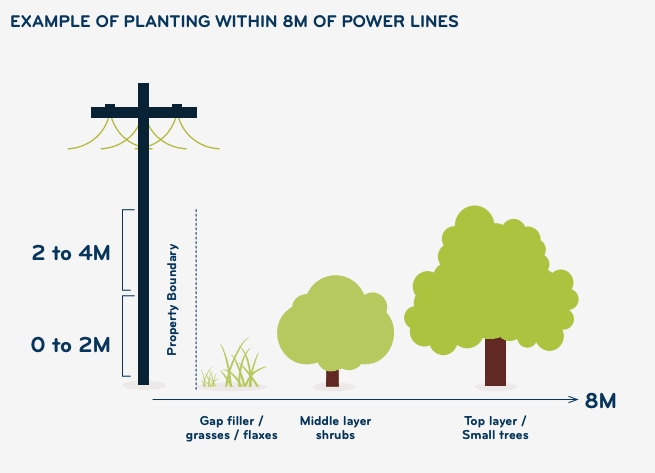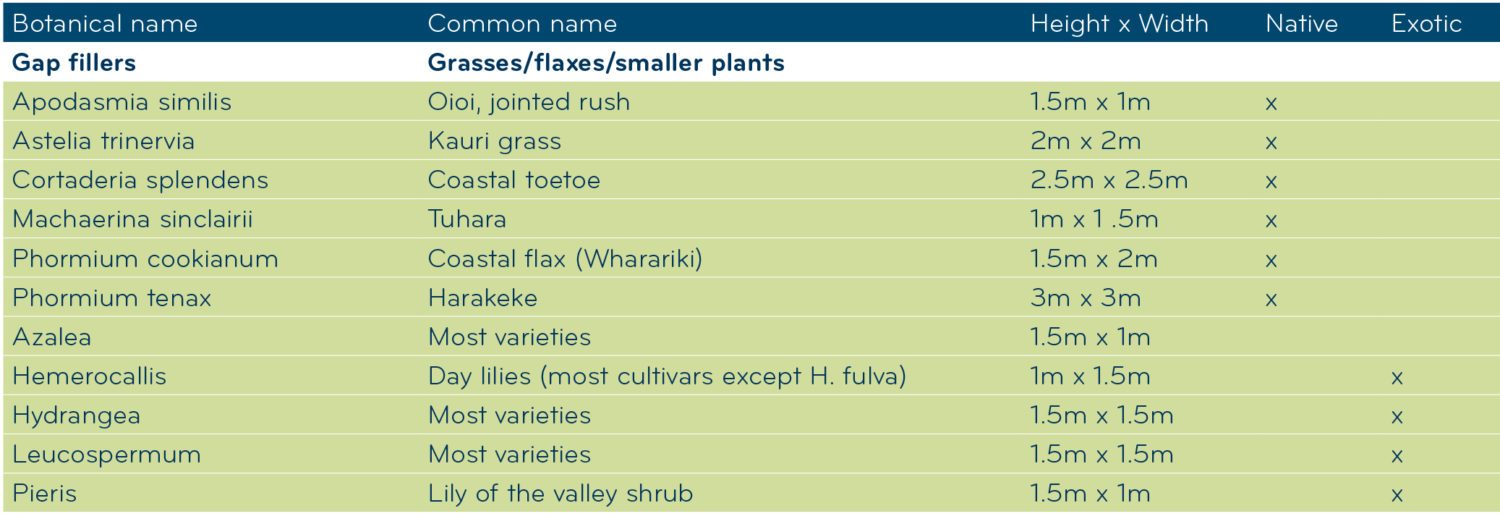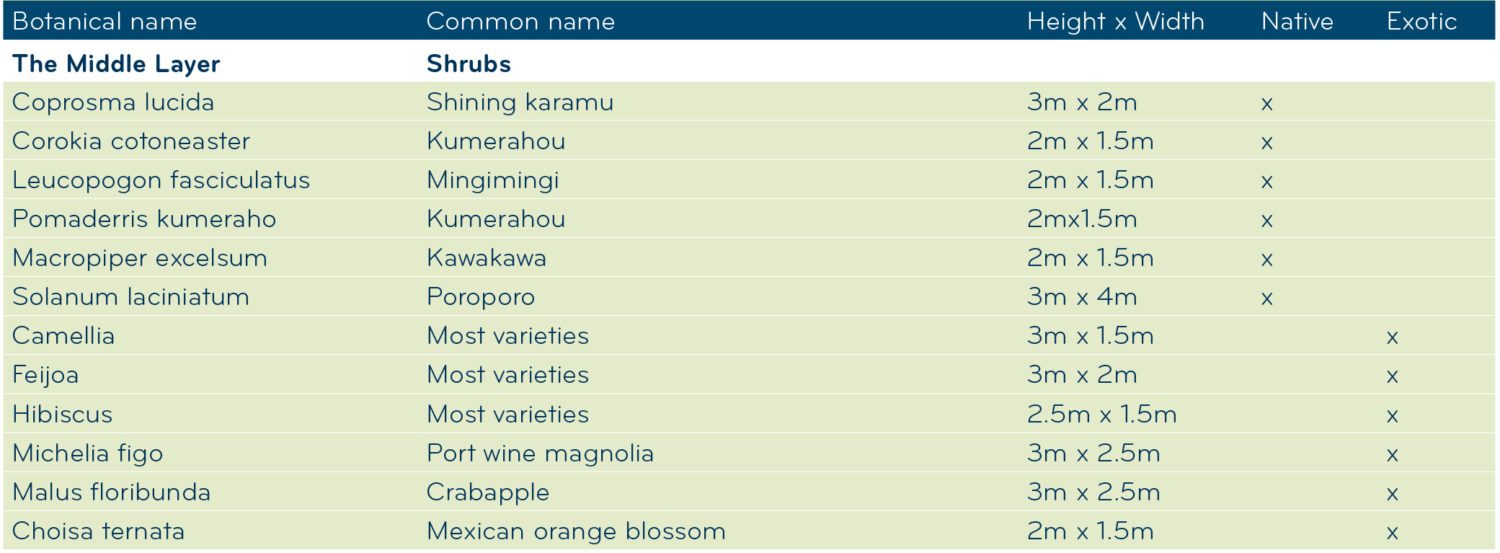From suburban streets to rural properties, Treescape inspect, maintain and audit for multiple utility companies, guaranteeing power to each customer they supply.
Powerline Clearing
Powerline Clearing
Treescape works with private residential and commercial properties to maintain private powerline clearances, which is delivered with the same high standard of safety.
Tackling the job yourself can be very dangerous, and specialist equipment is needed to avoid electrocution. Treescape has the expertise, equipment and procedures (including significant public liability insurance cover) to to maintain the electrical network from any possible interruptions.
Our crews are employed by a number of major power networks across New Zealand and Australia to scope and audit power networks, and to carry out line clearing. With our highly skilled, trained staff and specialised equipment Treescape can complete any work required to clear vegetation from disruption lines, transmission lines and infrastructure of multiple utility companies.
Treescape has a fleet of trucks equipped with insulated buckets on long-reach booms which allow crews to reach trouble spots with safety and precision. Our specialised equipment includes insulated EWP’s in a range of heights, with some also on tracks allowing us to complete work in hard to reach locations. Large capacity chip bins are used for debris disposal, leaving the job as tidy as possible on completion.
Along with the training required, Treescape has procedures in place to keep our employees and members of the public safe while works around powerlines is completed.
Depending on your circumstances, Treescape is happy to advise on the best approach to tame the vegetation around your power and services lines. Get in touch with us to start the conversation or book an onsite consult.
Trees around and below powerlines
When trees grow close to or into powerlines they pose a hazard to the lines and potentially people and properties. Trees on public land are maintained by councils, however trees on private properties fall under the property (and tree) owner’s responsibility. According to the Electricity (Hazards from Trees) Regulations 2003, homeowners are required to keep any trees located on their property a prescribed distance from network lines. This is crucial to ensure power is being delivered to the neighbourhood.
When does a tree close to a powerline require a trim?
You must keep your trees and vegetation clear of the growth limit zone around overhead network power lines. Depending on the type of network line, the trees need to be trimmed when they reach a certain proximity to the line. The below graphic and table – courtesy of our partner Vector – shows the details.

What to do when a tree is encroaching the powerlines?
Due to the high risk, only qualified and approved utility arborists, like Treescape should trim any trees within four metres of a network line.
Usually, the power company will issue a “cut or trim notice” to the property owner when they see a tree is encroaching the growth limit zone. Often the first cut is free of charge, and subsequent trims will need to be covered by the property owner. Your local power company will provide you with more information with regards to their notice procedures.
Our techniques follow best practice for utility arboriculture. Sometimes this may mean encouraging the growth of the tree to extend away from lines. We aim to ensure the health of the tree is not compromised and that it still has a good canopy wherever possible.
If you notice a tree on your property is encroaching the growth limit zone, you can also hire an approved utility arborist to trim – you don’t have to wait for the notice.
What to bear in mind when planting around powerlines?
To avoid the risk and future costs of trees growing too close to electricity lines it makes good sense to consider tree species and growth rates carefully before planting on your property.

See below a planting guide created in partnership with Vector for a list of suitable trees for planting under or near electricity lines.





